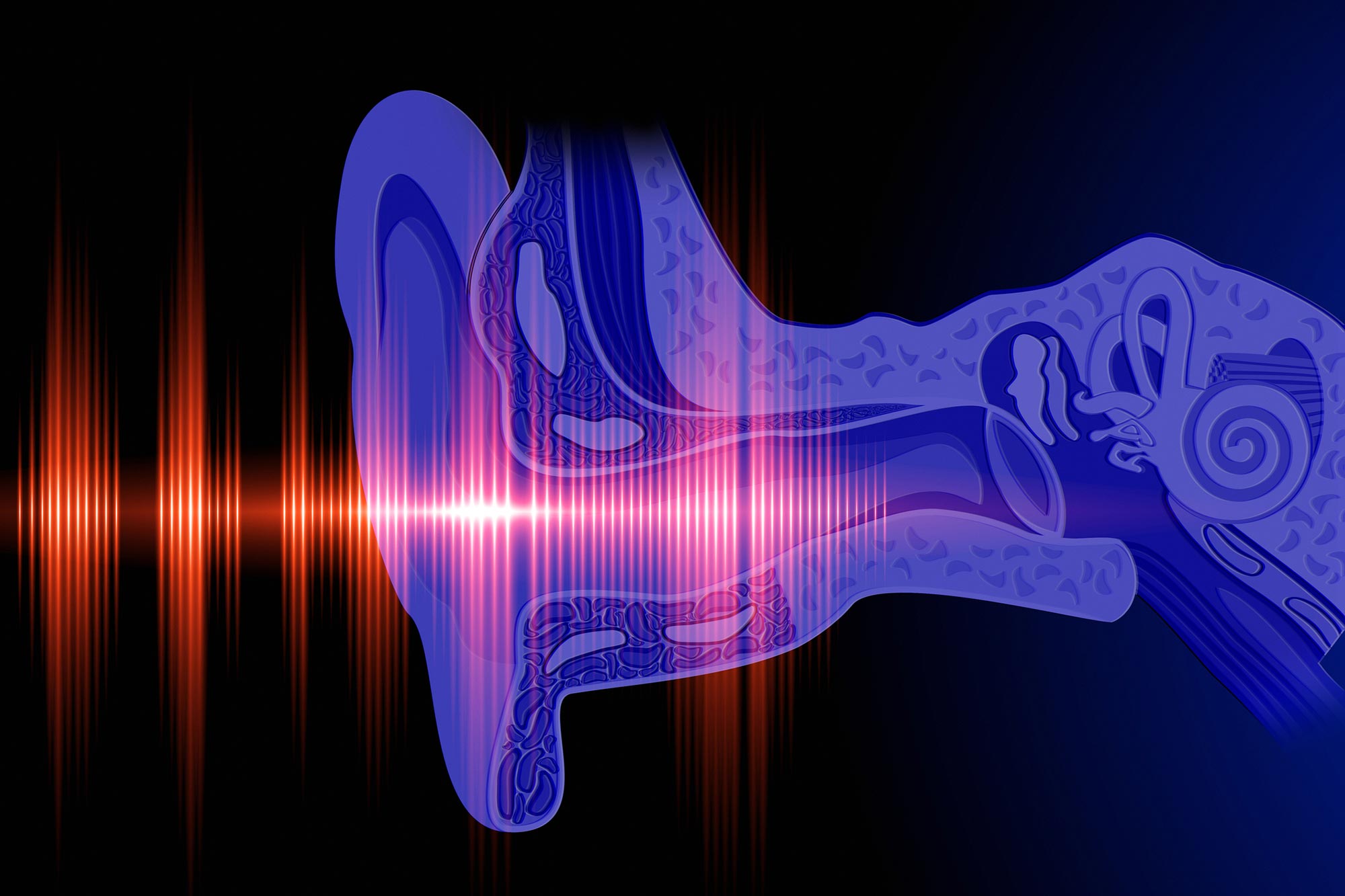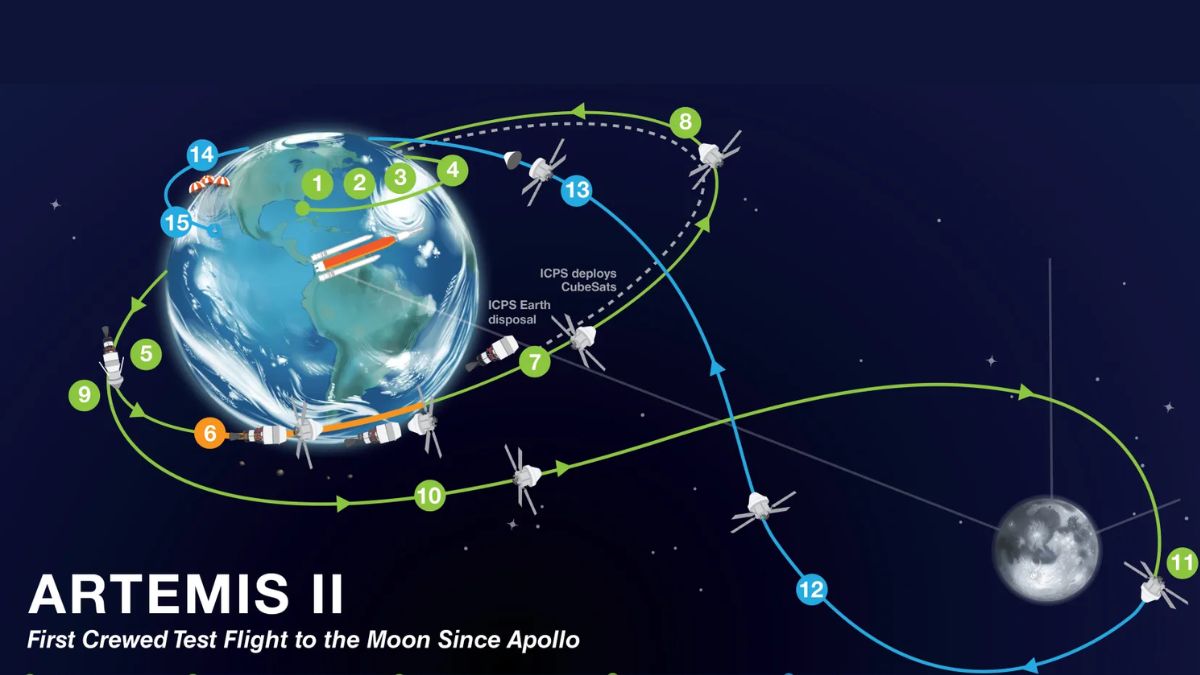Unbelievable Discovery: Black Hole's Magnetic Field Just Flipped – What Does It Mean?

What if I told you that a supermassive black hole just flipped its magnetic field like a cosmic pancake? Yes, you heard that right! Recent observations of the Universe’s most photographed black hole, M87*, have unveiled astonishing changes that redefine our understanding of these enigmatic giants.
Using the cutting-edge Event Horizon Telescope, scientists have been meticulously mapping the magnetic field around M87* since 2017, and the findings are nothing short of remarkable. While the black hole itself remains stable, the region around its event horizon is swirling with chaotic cosmic weather. Between 2017 and 2021, researchers observed a complete reversal in the direction of the magnetic field—a groundbreaking discovery that marks the first time such a phenomenon has been documented outside a black hole.
So, what’s the big deal about this magnetic shift? Well, it could offer crucial insights into how black holes consume material and launch powerful jets into the vastness of space. M87*, located a whopping 55 million light-years away and weighing in at 6.5 billion times the mass of our Sun, has become a key subject in the quest to understand black holes since its iconic image was unveiled in 2019.
According to astronomer Eduardo Ros from the Max Planck Institute for Radioastronomy, these jets play an essential role in shaping their host galaxies, affecting star formation and distributing energy across cosmic distances. The magnetic fields around black holes are thought to be instrumental in creating these jets. As material spirals into the black hole, not everything disappears into the abyss; some of it is funneled along magnetic field lines, accelerating towards the poles and shooting out at nearly the speed of light.
To illustrate this, the Event Horizon Telescope team conducted a series of observations, focusing on the polarization of light emitted from M87*. This polarization can reveal hidden dynamics in the environment around the black hole. Though the visual images of M87* may look static, the polarization data shows significant and dramatic variations over time.
In 2017, the magnetic fields appeared to spiral clockwise, only to shift to an anti-clockwise direction in 2018. By 2021, they stabilized with a clear anti-clockwise spiral. This indicates that the magnetic field around M87* is not just a static backdrop; it's a dynamic, ever-changing environment that defies our previous models.
Paul Tiede from the Harvard & Smithsonian Center for Astrophysics points out that while M87*’s shadow remains consistent—confirming predictions made by Einstein—the polarization patterns are anything but static. This tells us that the magnetized plasma swirling near the event horizon is complex and dynamic, pushing the boundaries of our theoretical models.
Looking to the future, the Event Horizon Telescope team is gearing up for an ambitious series of rapid observations in March and April 2026. Their ultimate goal? To capture the first-ever movie of M87*, turning the still images into a dynamic portrayal of a black hole in action, something they’ve dreamed of since that first iconic picture.
This ongoing research, published in Astronomy & Astrophysics, represents a significant leap forward in our understanding of black holes and their environments. As we continue to explore these cosmic titans, who knows what other secrets the Universe holds?



























